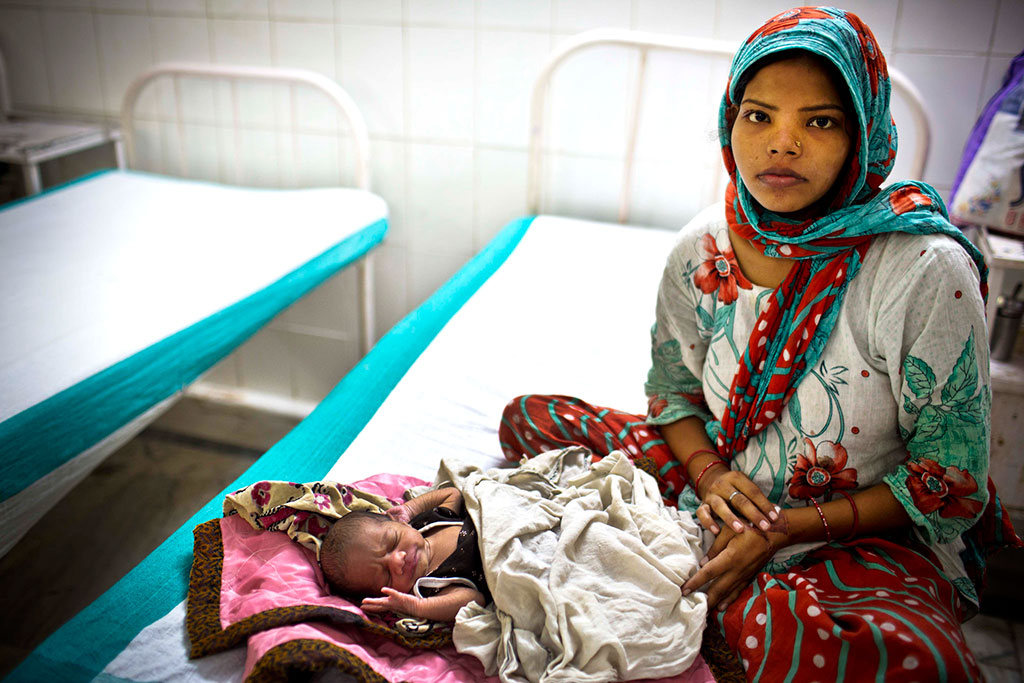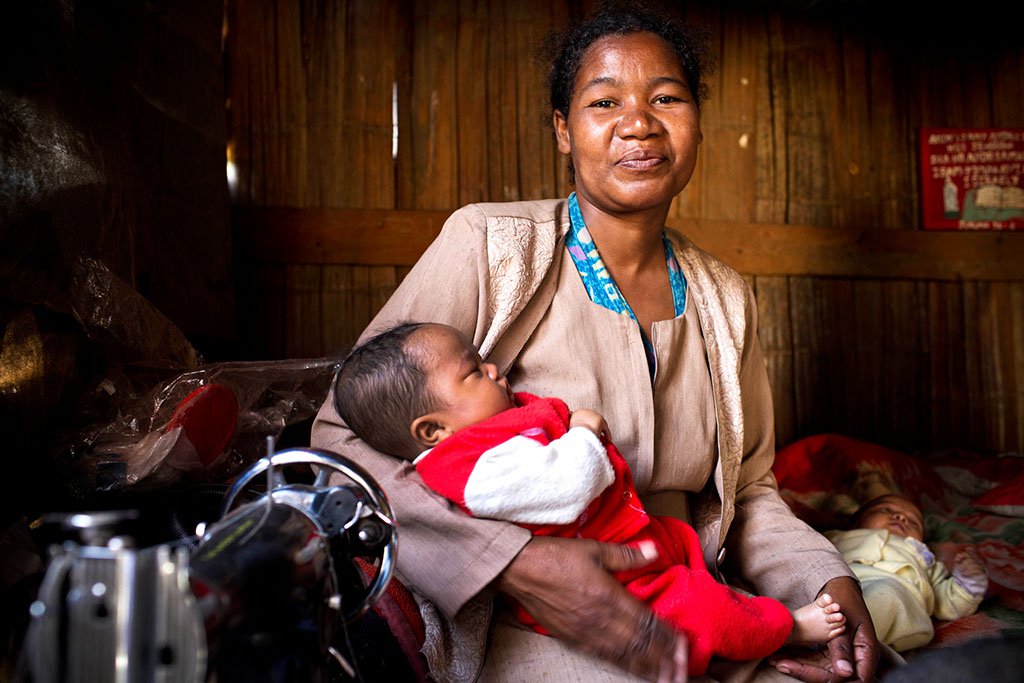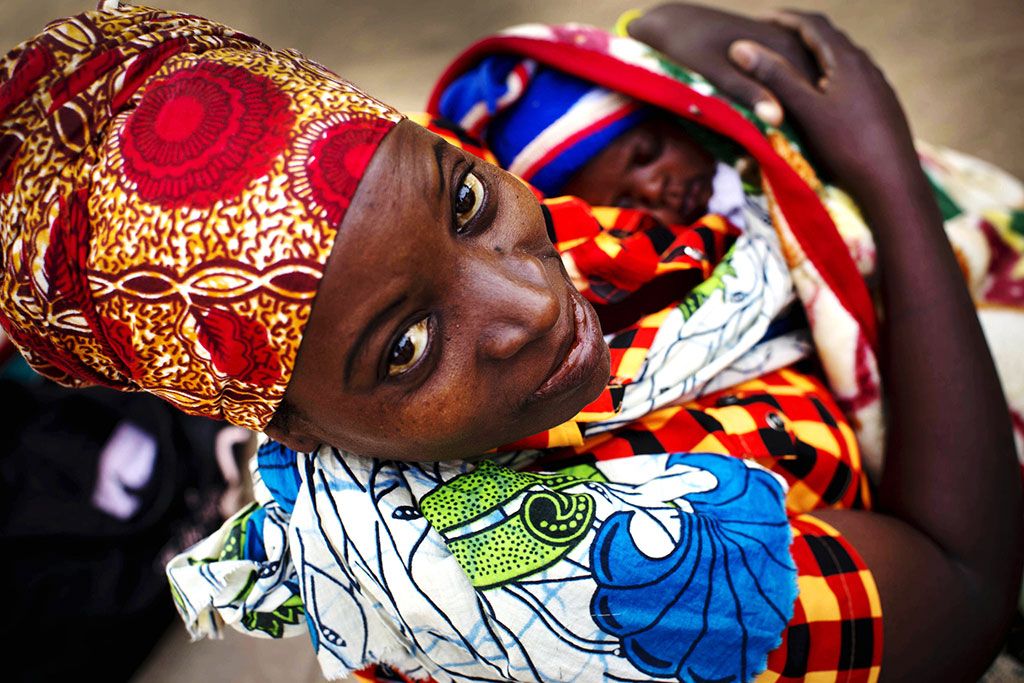This blog also appeared on the FP2020 website.
In low resource countries, 1 in 3 women currently have an unintended and completely avoidable pregnancy within 2 years of a birth. As Melinda Gates said at the start of the first ever Global Maternal and Newborn Health Conference (GMNHC) last fall, “The single most effective intervention to improve maternal and newborn health is birth spacing and family planning.”
With that statement, she relieved my fears that post-pregnancy family planning (PPFP) would be left out of the conversation. And now, as we prepare to reconnect as a global community at the International Conference on Family Planning in Nusa Dua, Indonesia, we must carry forward this momentum.
Our focus should remain on how best to empower women and girls, and the central role of controlling fertility as the driver of economic development. This was the call to action that emerged vibrantly last June in Chiang-Mai, Thailand, at the Accelerating Access to Postpartum Family Planning meeting, hosted by Family Planning 2020 in technical partnership with Jhpiego: Let us not miss any opportunity to meet women’s and girls’ overwhelming desire for family planning at a time when their need is often underestimated — following the birth of a child.
At GMNHC, I heard this same level of passion again. I was glad to see key speakers seizing this opportunity to reach 1,000 maternal and newborn health experts with messages on integrating postpartum or postabortion counseling into the care given during pregnancy, birth and the postnatal period.
Plenary speakers stressed the lack of progress in reaching adolescent girls to prevent early pregnancies and forced marriages. We examined the correlation between contraceptive use and maternal and child mortality, as well as gross national income. Throughout the conference, the need for integrated care for both mothers and newborns was stressed as critical to achieving our aims.

One presentation – on the Healthy Fertility Study in Bangladesh – highlighted groundbreaking findings on addressing unmet need for contraception in the postpartum period in Bangladesh. In PPFP intervention areas, increased use of contraception among postpartum women meant that the probability of short birth intervals fell significantly and overall incidence of prematurity was reduced by 28%. Moreover, the study was built on an existing platform of community health workers delivering maternal and newborn care interventions. When they integrated PPFP into their work, results showed no negative affect on coverage of contacts with beneficiaries or previously demonstrated newborn health outcomes.
There was also interest in growing efforts to improve the quality and content of antenatal care, including through models of group antenatal care. These new models recruit women at the first antenatal care visit and organize them by gestational age. During future visits, women receive the usual tests and interventions, and also have the ability to join discussions around key issues of pregnancy, birth and the postpartum, including birth planning, danger signs, and – yes! – PPFP. The response has been overwhelmingly positive from women and providers, as the content of information passed is magnified exponentially. In one ongoing study in Ghana, intention to practice PPFP was doubled.
Clearly, my hopes for this conference – to build on the messages and enthusiasm generated at the Chiang Mai meeting – were being met. In Thailand, participants from 16 countries left with plans to ensure that every woman be offered a means to prevent an unintended pregnancy in the two years after a birth. This would be achieved, in part, through discussions on PPFP as early as possible during pregnancy and as often as possible along the continuum of care, with the hoped for outcome of PPFP adoption as soon as possible after every birth.

Knowing the Mexico City event offered a unique opportunity to reconnect with individuals from these 16 countries – and inform colleagues from additional regions – USAID’s flagship Maternal and Child Survival Program (MCSP) and FP-2020 organized an auxiliary event. Country-level PPFP policymakers shared their insights into challenges and positive drivers in actualizing PPFP strategies at the national and sub-national levels: we heard from Ministry officials from Bangladesh, Madagascar and Zambia, as well as from colleagues working in the field. (Specific country action plans can be found here.)
At MCSP, we work to ensure that PPFP – starting as early as possible in the postpartum period, even on the day of birth – is available to every woman after pregnancy, whether she is postpartum or postabortion. We know that ensuring linkages from antenatal care to care at the time of delivery enables birth providers to be aware of assessment results carried out during pregnancy. They should also know if a woman has made a decision to adopt a contraceptive method at the time of birth, and be prepared to offer that method. We must also reach older and higher parity women with information on their much higher risks for negative maternal and newborn outcomes.
Over the next year, more than 130 million births will take place in low and middle income countries. We can and should commit to accelerate scale up of PPFP using existing platforms more effectively and applying new WHO medical eligibility criteria.
From Chiang Mai in June, to Mexico City in October, to Nusa Dua this month, the promise of meeting women and girls’ overwhelming desire for family planning at a vulnerable time in their lives remains ours to keep.

